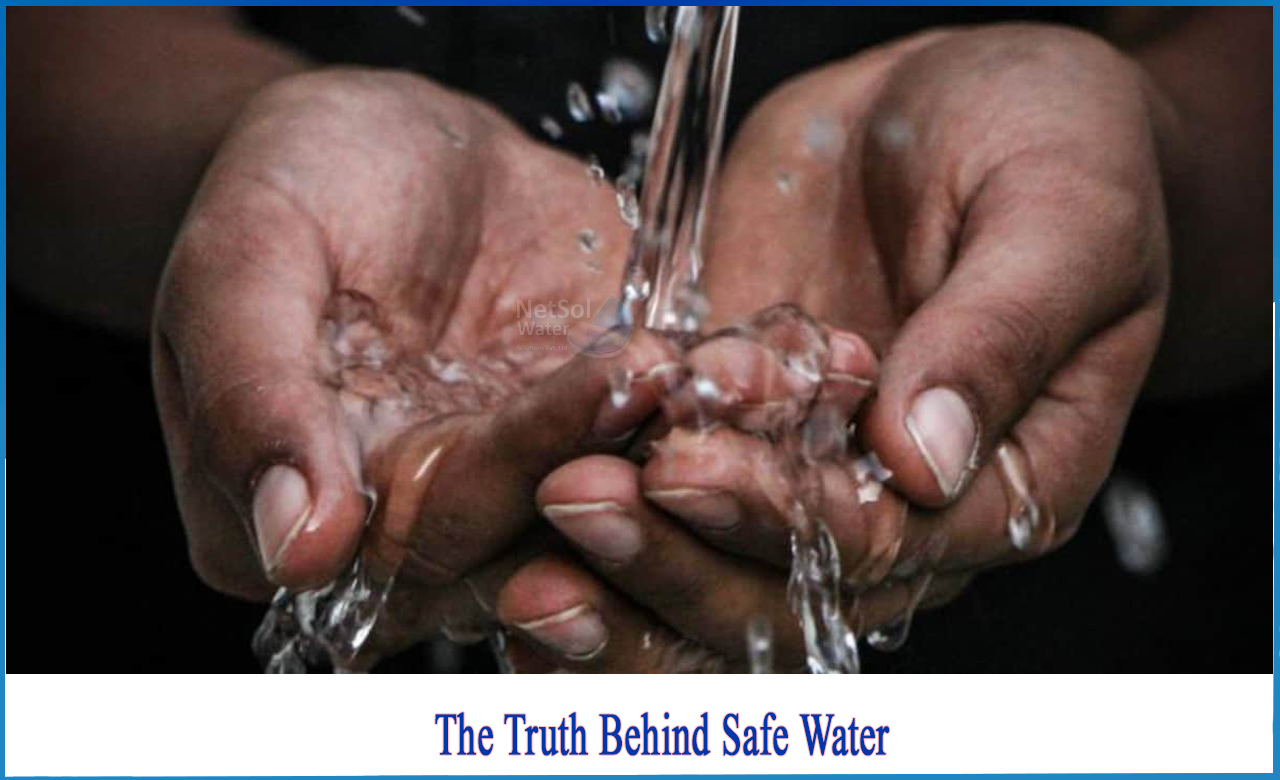What Does safe Water Contain?
Anyone interested in water quality issues for their home will come across the term "safe water" on a regular basis, but many people don't understand what it means. This term is most commonly used to describe drinking water supplies and how safe it is to drink or use in your home. Water that is safe to drink must have low concentrations of contaminants that could be harmful to your health.
AS PER SCIENTIFIC TERMS, WHAT DO YOU MEAN BY SAFE WATER?
There is no agreed-upon definition of "safe drinking water." Safe drinking water is defined as water that poses no significant risk to health over the course of a lifetime of consumption. Pure, wholesome, healthful, and potable drinking water must be delivered. Safe water is not always pure; it contains impurities. It has traces of salts like magnesium, calcium, carbonates, bicarbonates, and others. The degree of purity and safety is a subjective and debatable concept. Clean/pure water contains no minerals and only H and O.
POTENTIALLY HARMFULL CONTAMINANTS
Many potentially harmful contaminants, such as bacteria, viruses, protozoa, cysts, chemicals, disinfectant byproducts, pharmaceuticals, and metals, can compromise drinking water safety. When water must be defined as safe for human consumption, a risk assessment must be performed to determine the likelihood of that water causing harm.
The Environmental Protection Agency (EPA) is in charge of determining the Maximum Contaminant Levels (MCLs) of potentially harmful contaminants that may be present in our drinking water. A given water source's MCL is calculated using a number of key factors, including contaminant occurrence statistics, health research, risk assessment, and an economic analysis. At the moment, the EPA considers more than ninety different contaminants to be a problem. Each of these contaminants has an MCL rating that describes the potential risk to users.
HOW IS HEALTH AND WATER RELATED?
Water contamination and poor sanitation have been linked to the spread of diseases such as cholera, diarrhoea, dysentery, hepatitis A, typhoid, and polio. Individuals are exposed to preventable health risks when water and sanitation services are unavailable, inadequate, or poorly managed. This is especially true in health care facilities, where a lack of water, sanitation, and hygiene services puts both patients and staff at increased risk of infection and disease. Infections occur in 15% of hospitalised patients worldwide, with the proportion being much higher in low-income countries.
WHO’S GUIDELINES TOWARDS SAFE WATER
WHO, as the international authority on public health and water quality, leads global efforts to prevent waterborne disease transmission, advising governments on the development of health-based targets and regulations.
WHO publishes a number of water quality guidelines, including those on drinking water, wastewater safety, and recreational water environments. The water quality guidelines are based on risk management, and the Guidelines for Drinking-Water Quality have promoted the Framework for Safe Drinking-Water since 2004.
The Framework recommends that health-based targets be established, that water suppliers develop and implement Water Safety Plans to most effectively identify and manage risks from catchment to consumer, and that independent surveillance be conducted to ensure that Water Safety Plans are effective and health-based targets are met.
Netsol Water is Greater Noida-based leading water & wastewater treatment plant manufacturer. We are industry's most demanding company based on client review and work quality. We are known as best commercial RO plant manufacturer, industrial RO plant manufacturer, sewage treatment plant manufacturer, Water Softener Plant Manufacturers and effluent treatment plant manufacturers. Apart from this 24x7 customer support is our USP. Call on +91-9650608473, or write us at enquiry@netsolwater.com for any support, inquiry or product-purchase related query.



